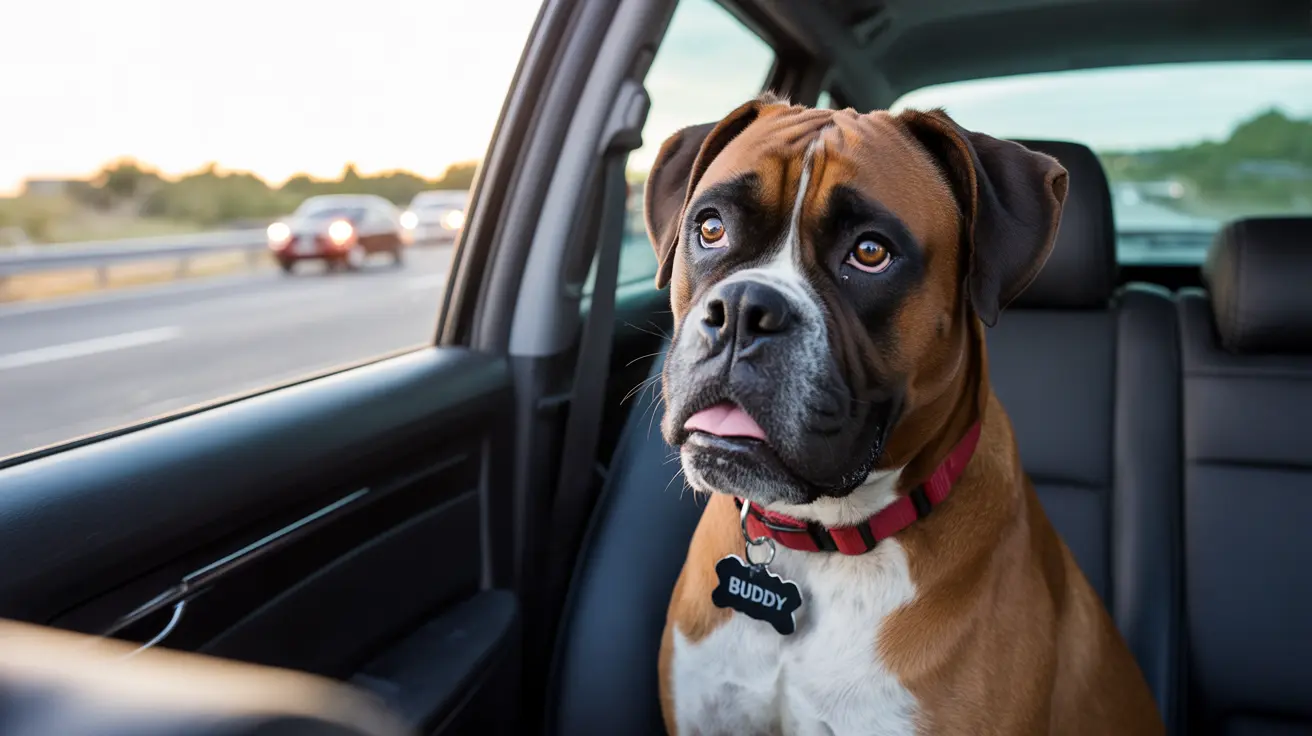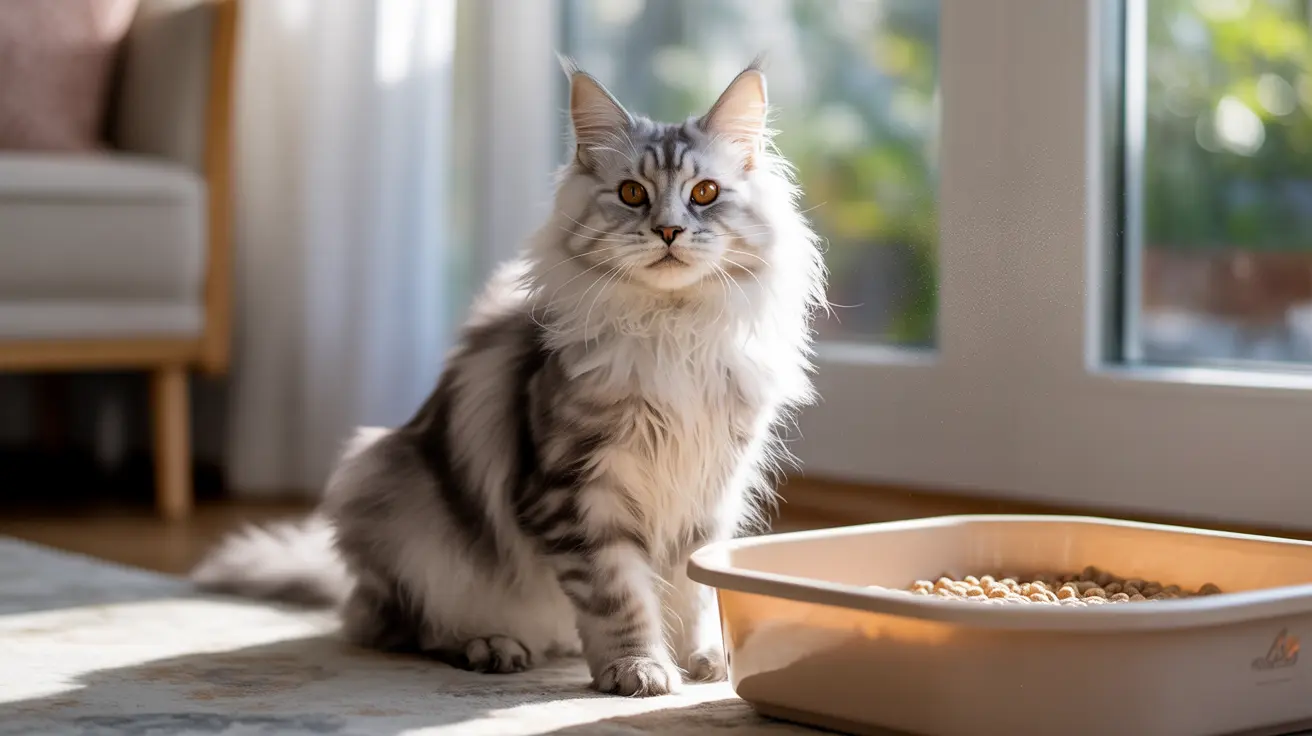If you've ever noticed your dog turning into a drooling machine during car rides, you're not alone. This common behavior can transform a simple journey into a messy adventure, leaving you wondering about the cause and how to address it. Understanding why dogs drool excessively in cars is crucial for ensuring their comfort and well-being during travel.
In this comprehensive guide, we'll explore the various reasons behind your dog's car drooling, identify warning signs, and provide practical solutions to help make car rides more enjoyable for both you and your furry friend.
Common Causes of Car-Related Dog Drooling
Motion Sickness: A Primary Culprit
Just like humans, dogs can experience motion sickness during car rides. This is especially common in puppies and younger dogs whose vestibular systems aren't fully developed. The constant movement and changing visual input can trigger nausea, leading to excessive drooling, lip-licking, and sometimes vomiting.
Anxiety and Stress Response
Many dogs associate car rides with stressful experiences like vet visits. This anxiety can manifest as excessive drooling, along with other signs such as panting, trembling, and whining. Some dogs may even refuse to enter the vehicle altogether.
Physical and Environmental Factors
Temperature and Ventilation Issues
Cars can quickly become too warm for dogs, leading to heat-related drooling. This is particularly dangerous as dogs primarily cool themselves through panting, and excessive heat can quickly lead to heatstroke.
Medical and Dental Concerns
Sometimes, excessive drooling during car rides may indicate underlying health issues, including:
- Dental problems or oral injuries
- Gastrointestinal disorders
- Motion-related vertigo
- General anxiety disorders
Solutions and Management Strategies
Addressing Motion Sickness
To help combat motion sickness-related drooling:
- Start with short trips and gradually increase duration
- Ensure proper ventilation
- Consider anti-nausea medications (with veterinary approval)
- Position your dog to face forward
- Travel on an empty stomach
Reducing Anxiety and Stress
Help your dog feel more comfortable during car rides by:
- Creating positive associations through treats and rewards
- Using calming aids like pheromone sprays
- Providing familiar comfort items
- Implementing gradual desensitization training
Prevention Tips and Best Practices
Prevent excessive drooling by:
- Maintaining proper car temperature
- Using appropriate restraints or carriers
- Regular exercise before travel
- Consistent positive reinforcement training
- Planning regular breaks during long trips
Frequently Asked Questions
Why does my dog drool so much during car rides?
Dogs typically drool excessively in cars due to motion sickness, anxiety, stress, or heat. The combination of movement, unfamiliar sensations, and potential negative associations can trigger increased salivation.
How can I tell if my dog's drooling in the car is due to motion sickness or anxiety?
Motion sickness usually accompanies symptoms like nausea, lip-licking, and vomiting. Anxiety-related drooling often occurs with panting, trembling, and visible distress signs. The timing and context of symptoms can help distinguish between the two.
What are effective ways to prevent my dog from drooling excessively in the car?
Effective prevention methods include gradual desensitization, proper ventilation, using anti-nausea medications if recommended by your vet, and creating positive associations with car travel through treats and rewards.
When should I be concerned and take my dog to the vet for drooling during car travel?
Seek veterinary attention if drooling is accompanied by severe distress, vomiting, lethargy, or if it persists outside of car rides. These could indicate underlying health issues requiring medical attention.
Can calming supplements or medications help reduce my dog's car drooling caused by stress or motion sickness?
Yes, various medications and supplements can help manage both motion sickness and anxiety-related drooling. However, always consult your veterinarian before starting any new treatment regimen.
Understanding and addressing your dog's car-related drooling can significantly improve their travel experience. With patience, proper management strategies, and potentially professional help, most dogs can learn to enjoy—or at least tolerate—car rides with minimal drooling.






